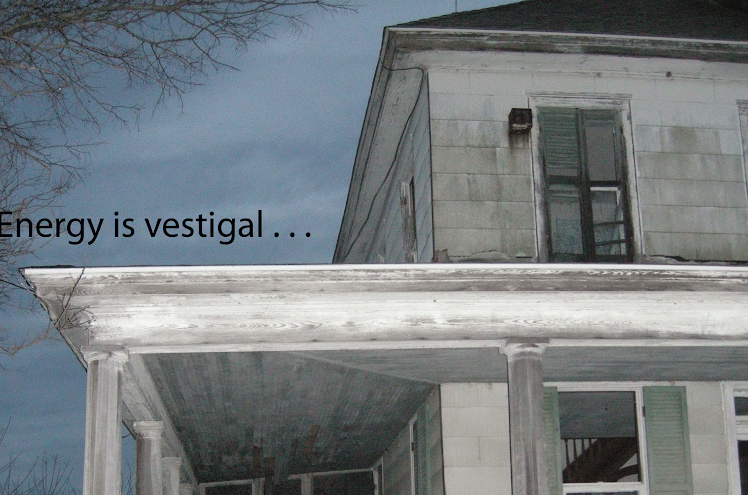I've been brainstorming on questions to ask my super art friends in the video interviews of my final project. Here's the ones I have so far. Please, feel free to wrestle with one of them. They're big and rolling around the circuits of my brain. I'm going to start freewriting on them.
Why art?
Why not art?
How does it make you feel?
How does it change the world?
Does it change the world?
What is social justice theater?
What do colors feel like?
What does sound smell like?
How do you express?
What do you express?
What does it mean to express?
How do all your expressions feel outside your body?
What do they become then?
Do words have legs?
Can dancers paint?
Do we have one best means of expression?
Can everyone express?
Is everyone an artist?
Is everyone a story?
What does theater do?
What does playing an instrument do?
Why do we strive?
What is the difference between a sculptor and a pianist?
Is there a difference between a sculptor and a pianist?
Is the gift inherent?
Me in Babes in Toyland in Baltimore Actors Theatre in the late1970s. When we all tap danced together, that was art.








